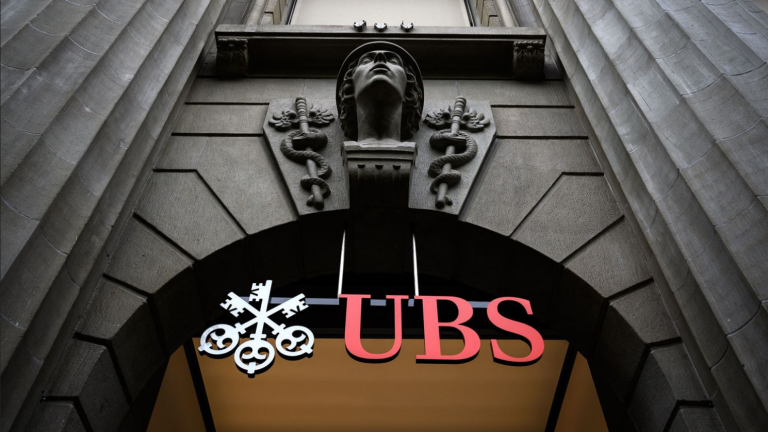In an astonishing development, UBS Group AG has recorded its first quarterly profit since it acquired its bankrupt competitor, Credit Suisse. The net income of the Swiss banking conglomerate for the first quarter of 2024 was at the level of $1.8 billion, coming in at 17%, as opposed to the negative outlook in the previous quarters.
The Merger and Its Challenges
UBS is merging with Credit Suisse at the directive of Swiss authorities trying to address Credit Suisse’s problems. Credit Suisse faced scandals and financial troubles which stirred doubts regarding its continuity. The merger, which occurred back in the last year of June, was targeted at developing a more robust financial institution that can withstand the storms of the market.
On the one hand, the integration process was not without difficulties. UBS reported a period of consecutive quarterly losses as a result of absorbing its rival entailing costs. Investors were keeping track of progress of the bank and were hopeful that in the near future the low cost of acquisition and increased assets will deliver a huge payoff.
A Turnaround Quarter
The net first quarter income of UBS was $1.8 billion. Significantly, these earnings are recorded after all the losses of the preceding year and thus testify to the bank’s progress in improving procedures and increasing cost efficiency. The net earnings that is attributable to the shareholders was above the forecasted figure of $602 million. This indicates a positive trend to the bank.
Ways UBS manage to achieve cost savings
By implementing several strategic initiatives UBS Group AG managed to obtain considerable cost savings.
- Integration Synergies
- UBS was the first to achieve integration phase strategy after acquiring Credit Suisse.
- UBS reported close to $4 billion in exit rate gross cost savings in FY23 as a result of merging operations and avoiding overlapping processes compared to last year.
- The integration procedure included stability building of the franchise and resources improvement.
- Non-Core Legacy Wind-Down
- UBS privileged disposal of legacy non-core assets (NCL).
- The operational unbundling of NCL assets contributed to a decline in the risk-weighted assets (RWA) of 5. 5 billion.
- At the end of the year 2026, the underlying operating expenses, NCL, are expected to be less than $1 billion.
- Capital Efficiency and RWA Reductions
- UBS aspired to upgrade capital efficiency by lowering RWAs.
- Business units led efforts would reduce $15 billion in the risk-weighted assets in the core business divisions.
- Basel 3 finalization and migrating both Credit Suisse’s portfolios and UBS risk models will have a role on RWAs in core divisions.
- Funding Cost Optimization
- UBS estimated cost saving up to $1 billion by 2026 through funding.
- Lower funding requirements, less dependence on funding sources, and tight control of deposit pricing led to this saving.
- Merger Synergies
- The closing of the merger deal between UBS AG and Credit Suisse AG is envisaged for the end of 2Q24.
- This important step will arrive at all the cost, capital, and funding synergies we expect to be realized in 2025 and 2026.
Conclusion
UBS is facing the intricacies of integration and by the end of 2024 is set to be a catalyst year for the Bank. Bank’s capacity to streamline operations, keep a hold on its customers, and leverage synergies will decide its long-term prospect. With the attainment of the initial profit milestone, UBS has been put on a solid growth path.
The successful transformation of UBS indicates the ability of the banking industry to overcome the difficulties and the significance of strategic-minded decisions at hard times. The merger with Credit Suisse illustrates how a company can overcome hardships and come out the other side as a stronger entity.

Note: You can reach us at support@scoopearth.com with any further queries.
Linkedin Page : https://www.linkedin.com/company/scoopearth-com/













